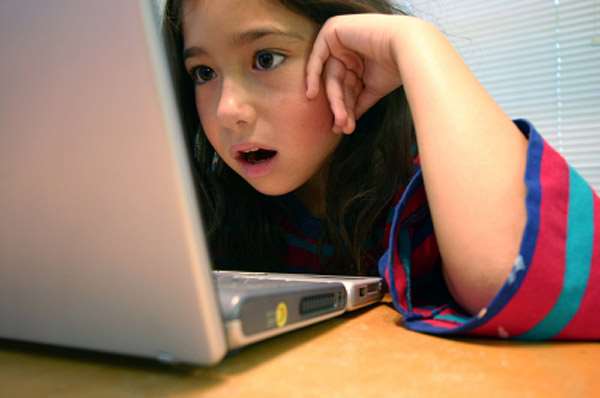5 Steps to Children Internet Safety
The increasing diversity of digital devices with Internet access capabilities as well as the fast growing number of places that offer free WiFi hotspots have become an integral part of everyday life. Most adults are active on social media and consider posting news and connecting with friends both an opportunity and a need. Undoubtedly, logging on the web can be both. However, exposing yourself in such a vastly public place brings with it a huge number of risks even for the most seasoned user. Such behaviour, which can be very prominent in todays households, becomes the model for children Internet activities from a very young age.
Children wandering unattended in a public place would immediately trigger a number of alarms. Yet children surfing the Internet without guidance or supervision is often not given much thought. Prohibiting Internet access is tantamount to keeping children locked at home or depriving them of contemporary education. This is simply not a viable solution. What is the alternative?
Educating and guiding children is the only option. If children do not get advice from trusted caretakers, they will fall prey to suggestions from dubious sources. Here are some basic steps:
1. Establish Trust. As with all other activities, spend time with children surfing the Internet together. Show them why you personally do it, what sites you visit and for what reason. Give examples of your activities in real time along with the precautions you take to protect yourself and your devices. Release control incrementally depending on age and maturity. Talk about risks and safety issues. Encourage them to come to you with any doubts or worries they may have.
2. Play Safe. Stress the importance and value of personal information and the need for privacy. On the Internet, not everything is what it seems. So ask them to proceed with caution all the time. Discuss what constitutes personal information: name, address, phone number, pictures, name of school, passwords, even thoughts and feelings. Talk about when and who it should be revealed to. Stress that contacts on the web cannot be a substitute to real life encounters.
3. Set Up a Set of Rules. These should be the policy that everybody using the Internet in your household should follow. Observe how the children enforce this policy and ask them to keep an eye on you while you work. Decide beforehand what needs to be done if the policy is breached. Discussion of the dangers has long-term effects, much more so than punishment and prohibition. Never lower your privacy settings for any reason. Random web contacts are to be considered strangers at all times.
4. Speak Up. If children see something on line, if they receive any message that makes them uncomfortable, worried or upset they should talk to a person they trust immediately. Avoid patronizing them. Discuss their feelings and how you would react to protect yourself and them. Ask them about the source of their concerns and guide them what the appropriate steps would be to prevent similar occurrences. Talk about how something appealing on the surface can be harmful and unsafe in reality.
5. Have Fun. There is a wealth of resources available on the Internet for educational and entertainment purposes. Selecting wisely can be an art. Educate yourself and your children how to make appropriate choices. Often the most popular sites or applications are not the most beneficial. Look for reliable reviews and dependable sources. Offer advice and assistance when deciding what to download and install.
Children are technologically confident and knowledgeable, frequently surprisingly so. Their ability to master technological issues should not be confused with experience and in-depth understanding of how certain things work in the web, and the real world for that matter. For instance, they may be aware of the function of a username and password, but are they aware of their importance regarding safety?
This list of steps is by no means exhaustive. For additional advice on safety issues and possible rules to follow you may want to visit the sites below:
Safety Net Kids, one of the oldest and most enduring sites for Internet safety.
UK Council for Child Internet Safety, a group of more than 200 organizations drawn from across government, industry, law, academia and charity sectors that work in partnership to help keep children safe online.
EU Kids Online, a research project which defines the risks young people might be exposed to online under three key headings: Content, Conduct, and Contact.
By George Drivas, Owner at All Things Presentations
